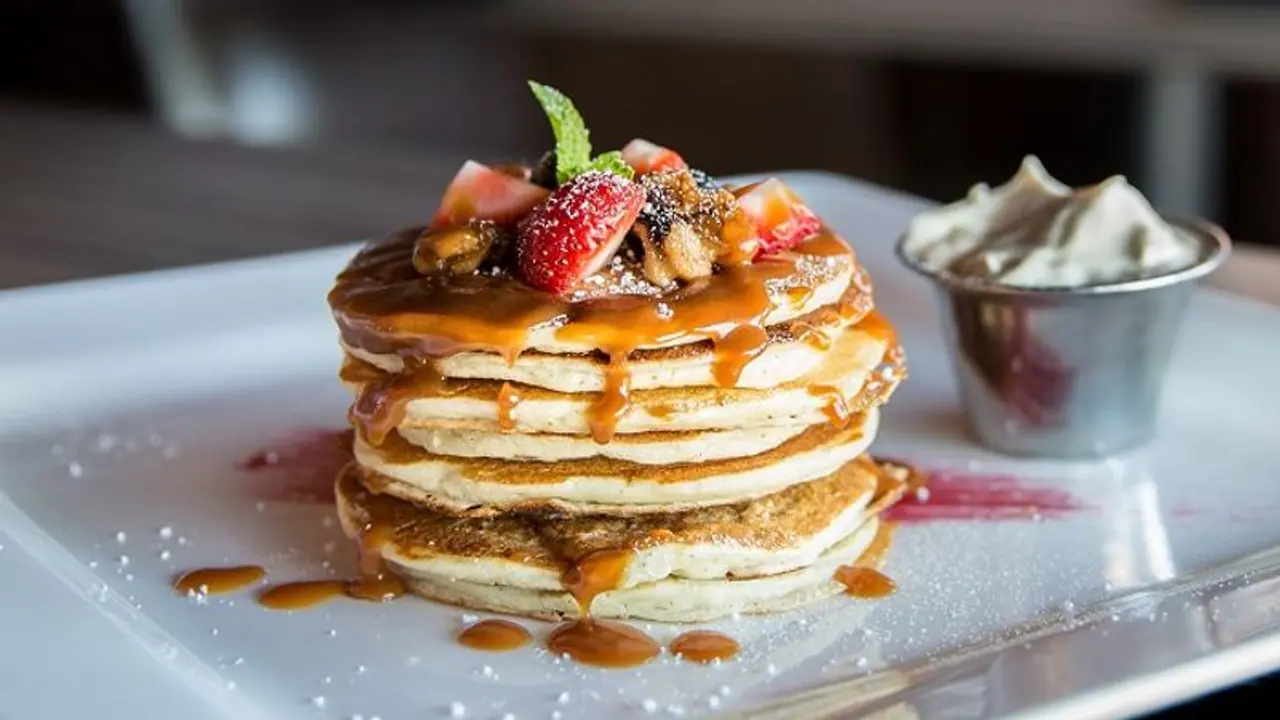Discover 7 thrilling cuisine scientific explorations crafted to educate and motivate youngsters about nourishing consumption routines, assisting them in making knowledgeable selections for a harmonious existence.
Childhood Obesity has turned into a worrying problem, with its frequency escalating notably during the previous few epochs. To counter this difficulty, cultivating wholesome dietary customs from an early stage is vital. This piece unveils 7 captivating cuisine science trials that not solely teach youngsters about sustenance but also prompt them to adopt more intelligent meal preferences. These trials are not only enlightening but also pleasurable, rendering them ideal instruments for progenitors, instructors, and caretakers.

1. Fatty Foods Experiment: Goal: Comprehend various kinds of fats and their impacts on health. Summary: Through comparing the fat content in foods such as apples, margarine, and potato chips using the paper bag test, children gain knowledge about unsaturated (beneficial) and saturated (harmful) fats. This experiment illuminates the significance of moderation and selecting healthier fat sources.
2. Testing for Glucose and Starch: Goal: Uncover hidden sugars and carbohydrates in everyday foods. Summary: By performing simple tests, kids identify the presence of glucose and starch in foods like marshmallows, peanut butter, and applesauce. This experiment teaches them to identify sources of sugars and carbohydrates, fostering awareness of balanced diets.
3. Water Content in Fruits and Vegetables: Goal: Establish a connection between water content and nutritional value, as well as overall health benefits. Summary: Children measure the water content of different fruits and vegetables and compare it to their nutrient value. This experiment encourages critical thinking about the importance of selecting foods that offer both hydration and essential nutrients.
4. How Greasy Are Your Potato Chips? Goal: Analyze fat content in popular snack foods. Summary: By examining the fat content in various types of potato chips, children gain insights into healthy snacking. This experiment underscores the significance of reading food labels and making informed choices to avoid excessive fat consumption.
5. Energy Content of Food: Goal: Learn about calories and portion control. Summary: Kids construct a simple calorimeter to measure the heat released when burning food, aiding their understanding of the caloric value of foods like bread and cheese. This experiment educates children on portion sizes and the importance of balanced energy intake.
6. Exploring the Sugar Rush: Goal: Distinguish the impacts of sugar and starch on the body. Summary: This test shows how sugar enters the bloodstream quicker than starch, resulting in a "sugar rush." By observing the entry of these substances into synthetic blood, children understand the effects of different carbohydrates on their bodies.
7. Repurposing Food Scraps: Goal: Advocate for sustainability and affordability in wholesome eating. Children acquire knowledge on how to regrow food from scraps such as scallions, celery, and yams. This experiment emphasizes the importance of utilizing food resources efficiently and cultivating organic produce at a minimal cost.
